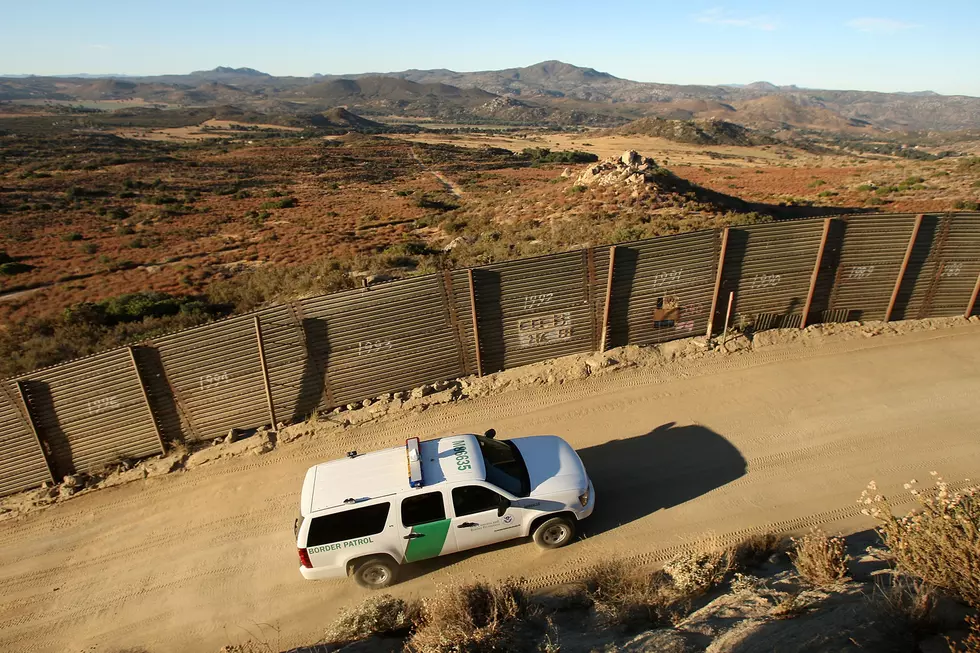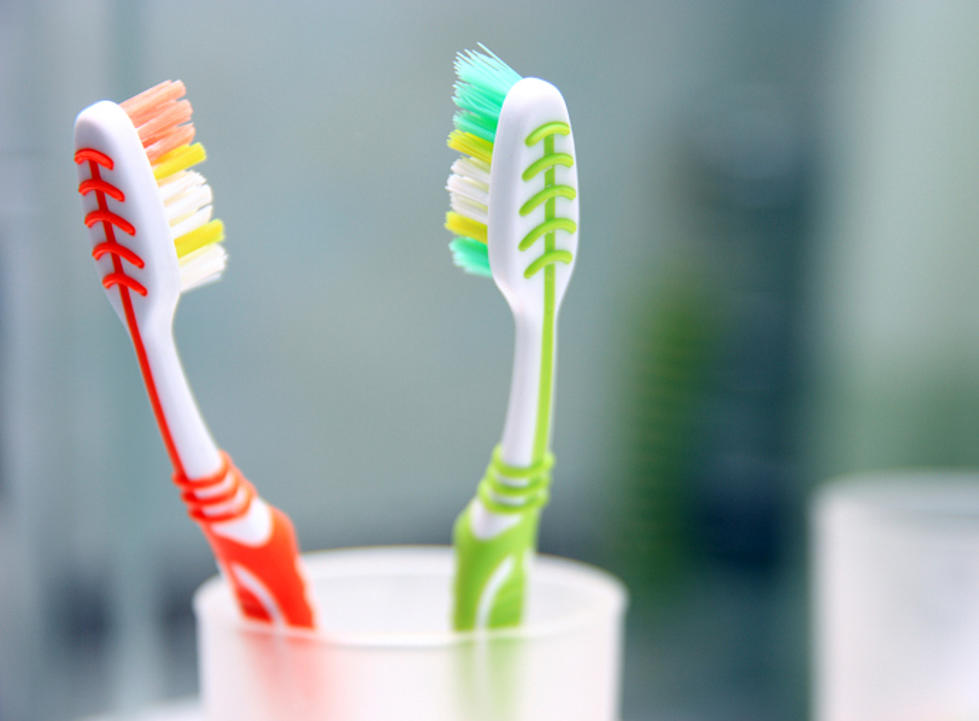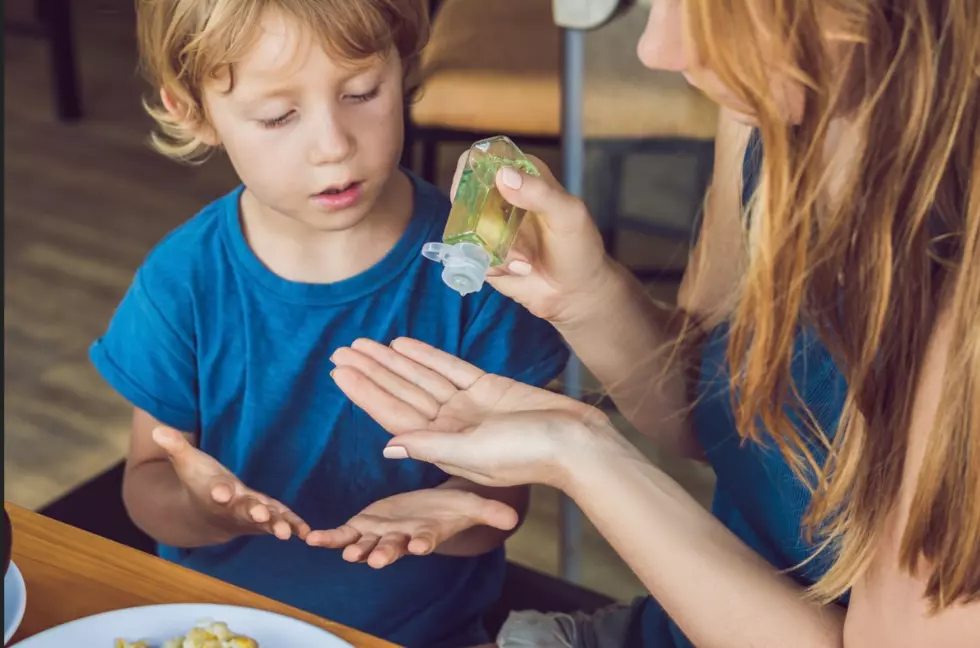
Russian Scientist Regenerate 30,000 Year Old Flower
Apparently, around 30,000 years ago, in current day Siberia, a squirrel put a seed in his borrow right before the big freeze, fortunately for us this seed was stored in a natural depository that we call permafrost.
The fossil seed’s DNA (Deoxyribonucleic acid, or in other words “The Building Blocks of Life”) was extracted by Russian researchers and then through a series of scientific steps that most of us can’t even fathom, a flower from the Pleistocene era was resurrected.
The flower, whose scientific name is Silene stenophylla, is the oldest plant to ever be regenerated. The last time this flower was in natural bloom wooly mammoths and saber tooth tigers roamed the plains and three different types of human species: modern humans, Denisovans and Neanderthals, were alive and living among one another.
Photo: AP/Institute of Cell Biophysics of the Russian Academy of Sciences
Today’s modern version of the ancient flower, although very similar does have a few differences such as: the petals of the modern plant are wider, perhaps because there is now less rainfall than in the past?
More than 800,000 seeds where found in the same location as this seed, in what seems to be a football field-sized treasure trove of ancient biological artifacts. This particular seed was chosen because of its ability to withstand harsh cold temperatures and the amount of viable tissue for regeneration.The flower has not only survived but is blossoming.
For more information check out this link: http://www.pnas.org
More From K-Fox 95.5









